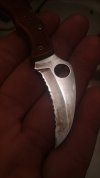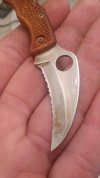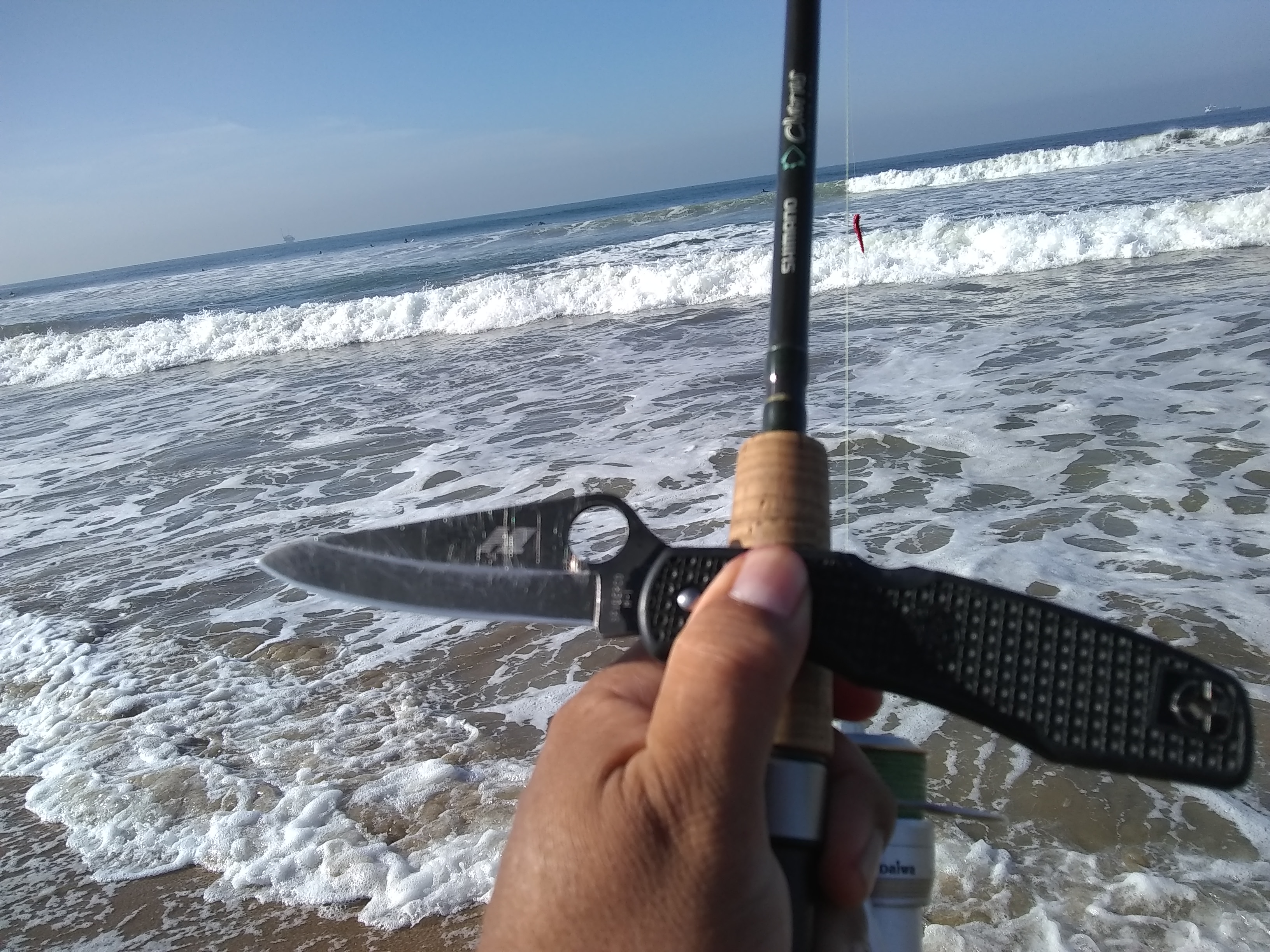- Joined
- Jul 26, 2016
- Messages
- 274
Hello,
I have been curious about H1 steel for a long time. I did not find the answers I was looking for online about the steel. A lot of people were saying it was rust proof but I wanted to find out for myself. So about 7 months ago I put an H1 ladybug in a jar with some 1084 high carbon steel to see if it would rust. Filled up the jar about half way full with a saltwater solution and for the first few months It was about halfway in the water and half way out but eventually it fell over. The first few pictures from when it was when it was in the jar for about 7 months.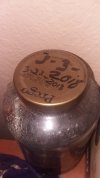

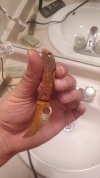
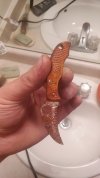
This picture is just simply rinsing it with soap and water.
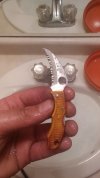
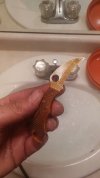
And lastly is me using soap and water to rubbing it off. I found it on one side the rust is actually stuck onto the steel so I cannot confirm if the steel actually rusted or if the steel is only holding the rust.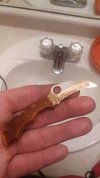
So if anyone has any questions or requests id be happy to answer/fulfill them.
I have been curious about H1 steel for a long time. I did not find the answers I was looking for online about the steel. A lot of people were saying it was rust proof but I wanted to find out for myself. So about 7 months ago I put an H1 ladybug in a jar with some 1084 high carbon steel to see if it would rust. Filled up the jar about half way full with a saltwater solution and for the first few months It was about halfway in the water and half way out but eventually it fell over. The first few pictures from when it was when it was in the jar for about 7 months.




This picture is just simply rinsing it with soap and water.


And lastly is me using soap and water to rubbing it off. I found it on one side the rust is actually stuck onto the steel so I cannot confirm if the steel actually rusted or if the steel is only holding the rust.

So if anyone has any questions or requests id be happy to answer/fulfill them.


